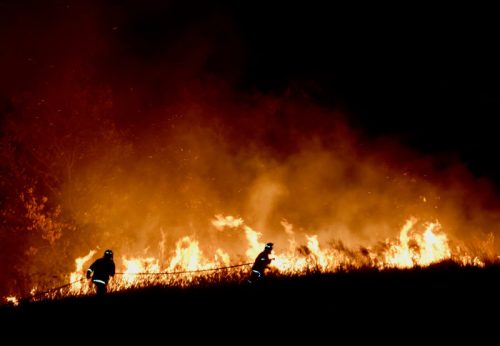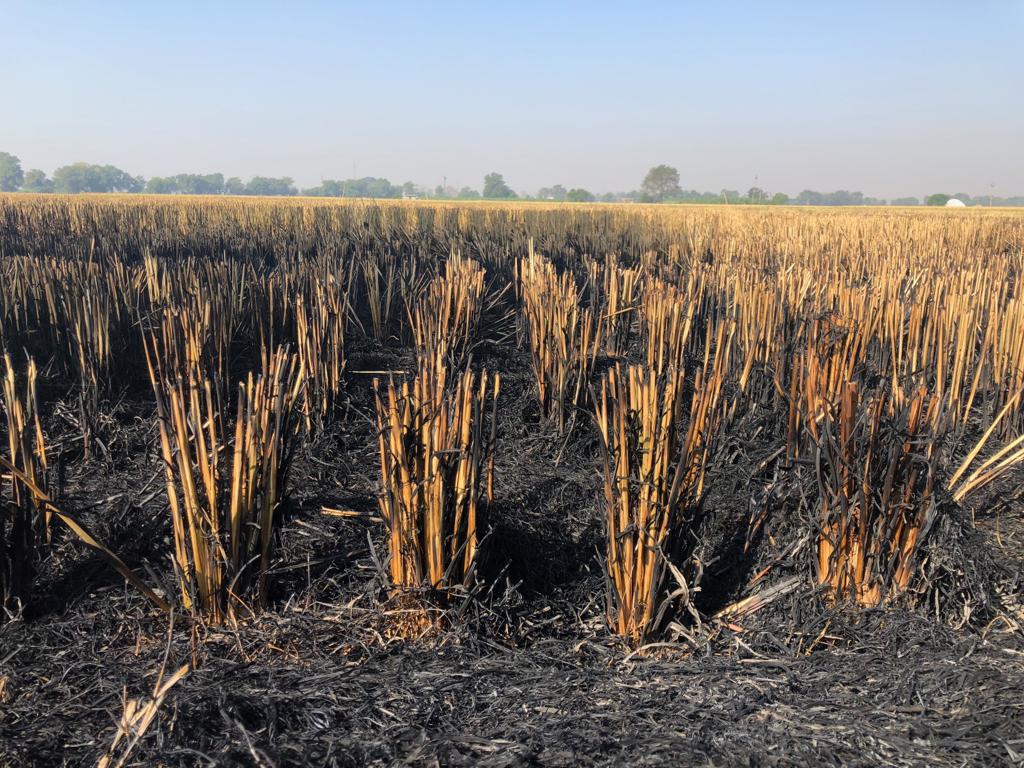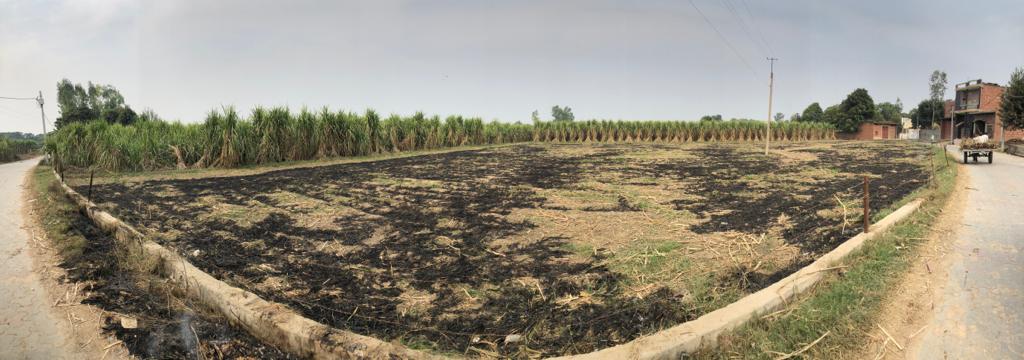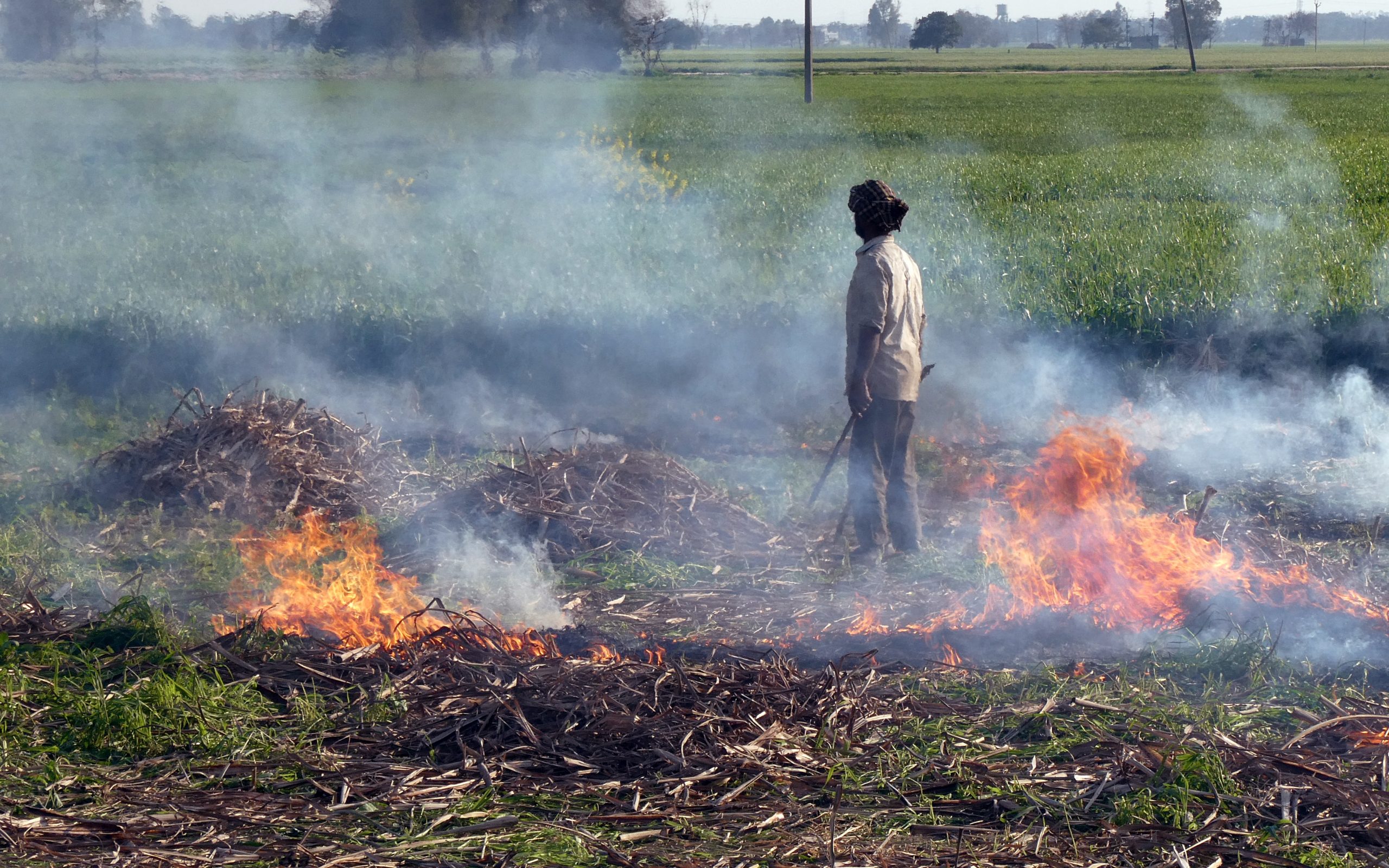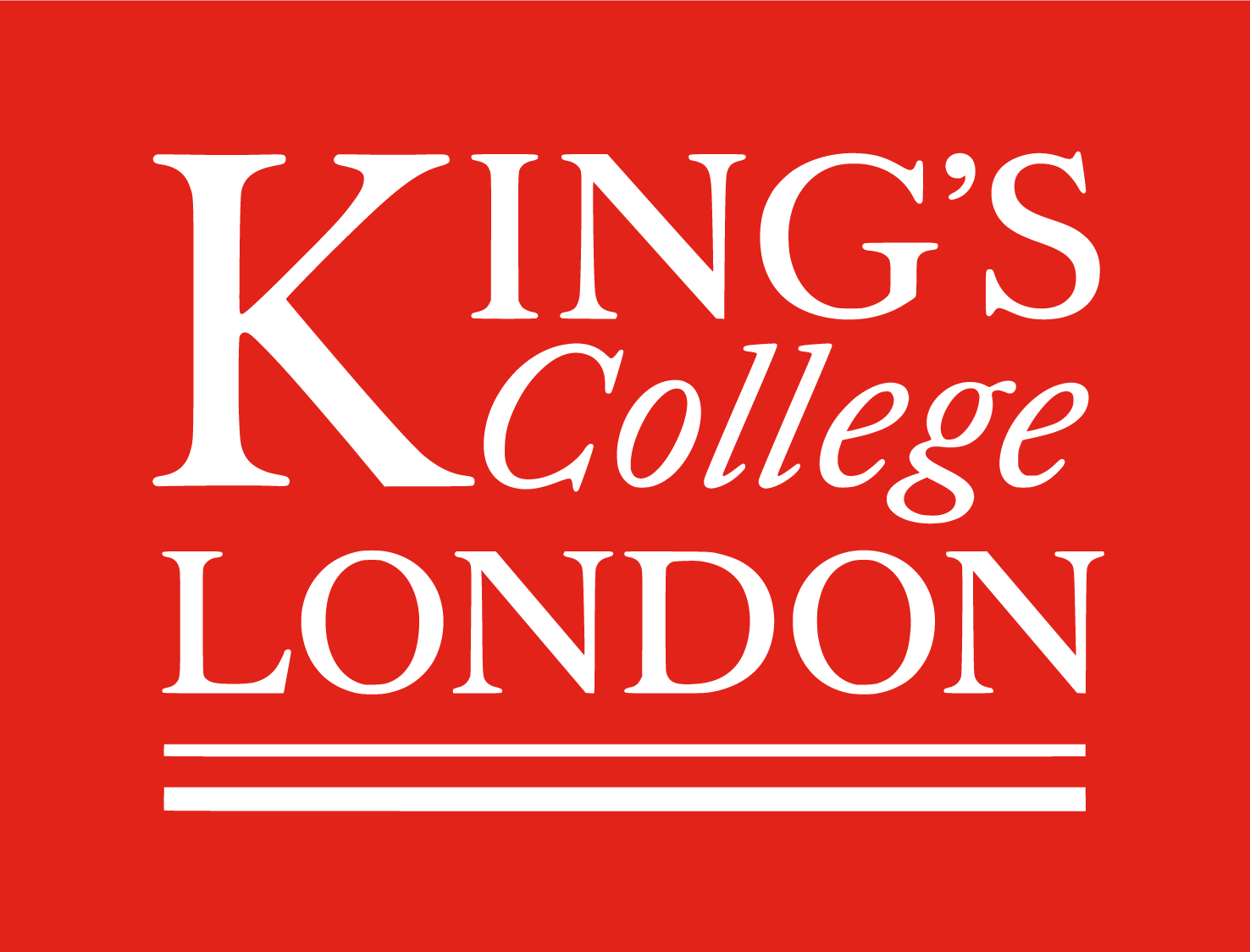The tropics are key to global biogeo-chemical cycles, host the greatest range of ecosystems and biodiversity, and are central to the United Nations REDD+ forest and climate protection programme. Satellite data suggest they contain ~80% of the ~3.5 million km2 of land burned annually worldwide. But the heterogeneous character of tropical wildfires, ranging from vast savanna burning to deforestation and peatland fires, means they remain poorly quantified. This Strand includes projects that aim to develop novel methods in order to study the drivers and impacts of wildfires in specific tropical regions that of particular interest and poorly understood.
Long-term interactions between vegetation, fire and human impact in Guyana
See detailsIndigenous fire management and protected areas in Guyana
See detailsAgent-Based methods for representing anthropogenic fire in Dynamic Global Vegetation Models (DGVMs)
See detailsFarmers burning practices and conservation in Mozambique
See detailsAgent-Based methods for representing anthropogenic fire in Dynamic Global Vegetation Models (DGVMs)
See detailsRegional modelling for the study of air quality degradation from wildfire emissions
See detailsDeveloping and adopting experimental capabilities for studying the physical aspects of wildfires and their emissions
See detailsAssessing social and ecological drivers of fire regimes in the Brazilian Amazon in the context of changing forest governance
See detailsCorporate and financial actors’ impacts on deforestation and forest fires in the tropics
See detailsCorporate and financial actors’ impacts on deforestation and forest fires in the tropics
See detailsUnderstanding the trade-offs between traditional and government approaches to fire management in the savannah woodlands of northern Ghana
See detailsPhysical and socio-economic drivers of changing fire dynamics in Ethiopia’s drylands and impacts on ecosystem services
See detailsCommunity-based Fire Management: A colonial narrative?
See detailsCommunity-based Fire Management: A colonial narrative?
See detailsCommunity-based Fire Management: A colonial narrative?
See detailsCommunity-based Fire Management: A colonial narrative?
See detailsCommunity-based Fire Management: A colonial narrative?
See detailsCorporate and financial actors’ impacts on deforestation and forest fires in the tropics
See detailsRegional modelling for the study of air quality degradation from wildfire emissions
See detailsContested fire management in India’s forests
See detailsRegional modelling for the study of air quality degradation from wildfire emissions
See detailsCorporate and financial actors’ impacts on deforestation and forest fires in the tropics
See detailsCorporate and financial actors’ impacts on deforestation and forest fires in the tropics
See detailsUsing a Low-Cost PM2.5 Sensor Network to Quantify Air Quality Impacts of Agricultural Biomass Burning in the Upper ASEAN region and to Validate Global and Regional Atmospheric Model Output
See detailsUsing a Low-Cost PM2.5 Sensor Network to Quantify Air Quality Impacts of Agricultural Biomass Burning in the Upper ASEAN region and to Validate Global and Regional Atmospheric Model Output
See detailsUsing a Low-Cost PM2.5 Sensor Network to Quantify Air Quality Impacts of Agricultural Biomass Burning in the Upper ASEAN region and to Validate Global and Regional Atmospheric Model Output
See detailsUsing a Low-Cost PM2.5 Sensor Network to Quantify Air Quality Impacts of Agricultural Biomass Burning in the Upper ASEAN region and to Validate Global and Regional Atmospheric Model Output
See detailsUnderstanding the trade-offs between traditional and government approaches to fire management in the savannah woodlands of northern Ghana
See detailsPhysical and socio-economic drivers of changing fire dynamics in Ethiopia’s drylands and impacts on ecosystem services
See detailsTropical Cyclone and Wildfire Interactions
See detailsAssessing social and ecological drivers of fire regimes in the Brazilian Amazon in the context of changing forest governance
See detailsContested fire management in India’s forests
See detailsCorporate and financial actors’ impacts on deforestation and forest fires in the tropics
See detailsLong-term interactions between vegetation, fire and human impact in Guyana
See detailsCommunity-based Fire Management: A colonial narrative?
See detailsAgent-Based methods for representing anthropogenic fire in Dynamic Global Vegetation Models (DGVMs)
See detailsFarmers burning practices and conservation in Mozambique
See detailsIndigenous fire management and protected areas in Guyana
See detailsDeveloping and adopting experimental capabilities for studying the physical aspects of wildfires and their emissions
See detailsRegional modelling for the study of air quality degradation from wildfire emissions
See detailsBoreal regions remain a central mystery for the future of our planet. Climate change is occurring most rapidly at these high latitudes, helping to increase the frequency, size, and severity of wildfires in the vast circumpolar boreal forests, which comprise 29% of global forest cover. Beyond their impacts on local communities, shifting fire regimes across the North may trigger other changes in major biome distributions and carbon sources and sinks that could accelerate global climate change. In this Strand, we have designed projects that study changing fire regimes at northern regions, the sociopolitical causes and implications of such changes, and their effects on global carbon budgets and climate change.
Future Climate Change Impact on Wildfire Danger over the Mediterranean: the case of Greece
See detailsRegional modelling for the study of air quality degradation from wildfire emissions
See detailsSpatial variability in Holocene wildfire responses to environmental change in the northern extratropics
See detailsDeveloping and adopting experimental capabilities for studying the physical aspects of wildfires and their emissions
See detailsSpatial variability in Holocene wildfire responses to environmental change in the northern extratropics
See detailsThe impact of anthropogenic land-use changes on fire regimes during the Holocene
See detailsSpatial variability in Holocene wildfire responses to environmental change in the northern extratropics
See detailsRegional modelling for the study of air quality degradation from wildfire emissions
See detailsRegional modelling for the study of air quality degradation from wildfire emissions
See detailsHigh-latitude fires and the future of Earth’s climate
See detailsSmouldering peat fire in the Arctic
See detailsThe impact of anthropogenic land-use changes on fire regimes during the Holocene
See detailsInvestigating the potential impacts of smoke from landscape fires on migratory insects
See detailsThe role of peat fires in shaping future atmospheric composition, the carbon cycle and climate
See detailsFuture Climate Change Impact on Wildfire Danger over the Mediterranean: the case of Greece
See detailsSpatial variability in Holocene wildfire responses to environmental change in the northern extratropics
See detailsDeveloping and adopting experimental capabilities for studying the physical aspects of wildfires and their emissions
See detailsRegional modelling for the study of air quality degradation from wildfire emissions
See detailsHuman settlements at the Wildland-Urban Interface (WUI) are expanding worldwide, exposing more people and property to wildfire risks that are complex to assess and difficult to manage. In places such as the US and Australia, as in Greece, Spain, and Portugal, most of the direct economic losses from the recent wildfires (and all of the fatalities) occurred at the WUI. The drivers of WUI wildfire are contested, as are the potential steps for reducing risk. In this Strand of projects, we will conduct comparative case studies linking the physical reality to the social and institutional context of land-use and fire management in order to tease out the causes of wildfire risk, as well as understand the optimum ways of managing wildfires at different WUI contexts in the future.
Agent-Based methods for representing anthropogenic fire in Dynamic Global Vegetation Models (DGVMs)
See detailsAgent-Based methods for representing anthropogenic fire in Dynamic Global Vegetation Models (DGVMs)
See detailsEconomic, social and institutional drivers of wildfire management
See detailsRegional modelling for the study of air quality degradation from wildfire emissions
See detailsMachine Learning and Data Assimilation for Accurate Wildfire Predictions and Estimations.
See detailsDeveloping and adopting experimental capabilities for studying the physical aspects of wildfires and their emissions
See detailsMachine Learning and Data Assimilation for Accurate Wildfire Predictions and Estimations.
See detailsPolicy and Fires – do politicians’ incentives and priorities affect wildfires occurrence?
See detailsIncreasing the Wildfire Safety of Southern European Buildings
See detailsIncreasing the Wildfire Safety of Southern European Buildings
See detailsRegional modelling for the study of air quality degradation from wildfire emissions
See detailsRegional modelling for the study of air quality degradation from wildfire emissions
See detailsMachine Learning and Data Assimilation for Accurate Wildfire Predictions and Estimations.
See detailsPolicy and Fires – do politicians’ incentives and priorities affect wildfires occurrence?
See detailsIncreasing the Wildfire Safety of Southern European Buildings
See detailsAgent-Based methods for representing anthropogenic fire in Dynamic Global Vegetation Models (DGVMs)
See detailsEconomic, social and institutional drivers of wildfire management
See detailsDeveloping and adopting experimental capabilities for studying the physical aspects of wildfires and their emissions
See detailsRegional modelling for the study of air quality degradation from wildfire emissions
See detailsWildfires influence the carbon cycle, atmospheric chemistry and air quality, climate, ecosystems, and economies. Regional differences in the environmental, ecological, economic and policy contexts of fire are exceedingly important, but ultimately have to be understood in a global context – considering how human activities influence and are conditioned by global economic and environmental systems and services. Furthermore, given its influence on so many environmental processes, wildfire must be represented in Earth System models realistically. This Strand includes a range of projects that aim to integrate all the region-specific knowledge and information obtained from the other strands, in order to understand fire and its consequences from a global perspective.
Optimality approaches linking fire-related plant traits and ecosystem responses to climate change
See detailsStudies of wildfire impact on atmospheric composition and climate on a global scale
See detailsRole of fire emissions in present and future atmospheric composition-climate feedbacks
See detailsQuantifying the radiative impacts of African landscape fires across multiple temporal and spatial scales
See detailsNowcasting the risks of wildfire
See detailsExploring the connections between wildfires and climate
See detailsGlobal data collation and analysis of fire practices within smallholder and subsistence-oriented livelihoods
See detailsClimate, air quality and human health impacts of tropical aerosol emissions
See detailsHyperspectral and thermal remote sensing of landscape fire properties
See detailsPredicting the ecological impacts of future fire activity on a global scale
See detailsMachine learning for wildfire forecasting accuracy
See detailsDeveloping a global wildfire taxonomy
See detailsDeveloping global modelling capabilities to represent wildfires in the Earth system
See detailsAdvancing and harmonising Earth Observation data capabilities for wildfire science
See detailsDeveloping fire-spread equations for large-scale modelling
See detailsCO2 impacts on past and future fire regimes and their consequences for biodiversity
See detailsRegional modelling for the study of air quality degradation from wildfire emissions
See detailsPalaeofire data and model simulations
See details
